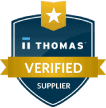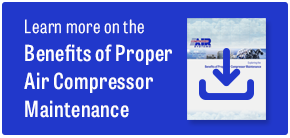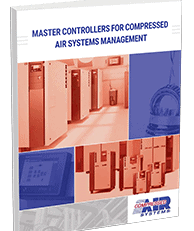Challenges to Air Quality in the Pharmaceutical Industry
Compressed air in the pharmaceutical industry is held to an especially high standard of quality. Considered an important utility, it has numerous applications in environments where cleanliness is a critical factor in product quality and performance. While some aspects of the industry are more sensitive to contamination than others, the main challenges to air quality in the pharmaceutical industry are oil, moisture, and solid particulate.
 Oil contamination in compressed air can come from the ambient intake air or compressing system. More specifically, it originates from oil particles present in the immediate environment, as well as compressor fluids and lubricants.
Oil contamination in compressed air can come from the ambient intake air or compressing system. More specifically, it originates from oil particles present in the immediate environment, as well as compressor fluids and lubricants.
Some sources of this pollution include vehicle exhaust and industrial activity. Proper air compressor maintenance can control the extent to which oil contaminates air from the compressor. Using oil-free compressors, furthermore, may limit this type of pollution in the pharmaceutical environment.
If oil vapors, aerosols and liquids still pose an issue, however, it can be removed by installing a pair of coalescing filters in the compressor. These filters should be positioned downstream of the compressor and before the desiccant dryer.
Moisture is another common contaminant in compressed air. Water can be harmful in many ways. First, it creates an environment that can foster bacterial growth.
Moisture can also react with certain products and materials, causing damage and quality issues. Condensation can cause corrosion and rust, and even damage equipment. The solution for this particular issue is a desiccant drying system.
This system can be installed after the compressor and serve to absorb water vapor from the compressed air stream. Coalescing filters can also be utilized to remove water aerosols and liquid water, which cannot be removed by the desiccant drying system.
Solid particulates also pose an issue in compressed air quality. Made from a combination of dirt, pollen and other fine particles in the environment, solid particulates can build up within an air compressor and cause obstructions within pipes that damage its performance.
The accumulation can also be a source of corrosion and rust. Coalescing filters, placed after the desiccant dryer, are an effective way to catch these fine particles. Another option is a point-of-use sterilizing cartridge filter, ideal of use in aseptic operations. These filters are offered sterilized and unsterilized options for different applications.
Compressed air is used for a number of different applications within the pharmaceutical industry. It is used to provide breathing air for patients, pressurize mixing tanks, and even de-dust tablets.
Considering the wide range of uses for compressed air in this industry, it is understandably difficult to establish one standard for the use and production of this product in the industry.
Each application for compressed air in the pharmaceutical industry varies in its requirements for purity and quality. Site-specific testing programs, like the ones we do here at CAS, are one way to determine the best standards for your individual needs.










